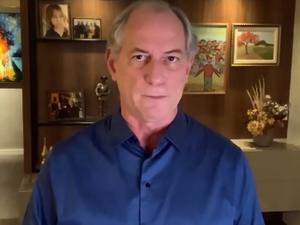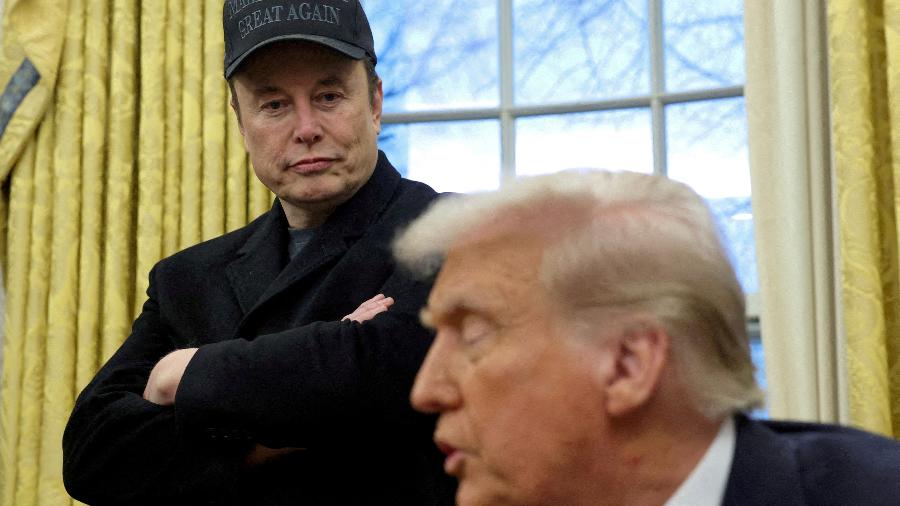Brasil votará 'soberanamente' em 2022, diz Moraes, próximo a presidir TSE

O ministro do STF (Supremo Tribunal Federal) Alexandre de Moraes reagiu à fala desta manhã do presidente Jair Bolsonaro (sem partido), que mais uma vez sem provas alegou que houve fraude nas eleições de 2014 e ameaçou a realização do pleito de 2022. Moraes disse que o Brasil votará "soberanamente" em 2022.
"Os brasileiros podem confiar nas Instituições, na certeza de que, soberanamente, escolherão seus dirigentes nas eleições de 2022, com liberdade e sigilo do voto. Não serão itidos atos contra a Democracia e o Estado de Direito, por configurar crimes comum e de responsabilidade", escreveu em seu perfil no Twitter.
Alexandre de Moraes sucederá Luís Roberto Barroso na presidência do TSE (Tribunal Superior Eleitoral) e estará no comando do órgão durante a realização das eleições presidenciais de 2022.
Além de questionar a confiabilidade das urnas, Bolsonaro também atacou Barroso, chamando-o de "imbecil" e "idiota". Ontem o presidente também subiu o tom e afirmou que ou se faz "eleições limpas no Brasil ou não temos eleições".
Moraes se manifestou logo após Barroso, que afirmou que tentativas de obstrução das eleições podem levar ao enquadramento na Lei de Impeachment. "A realização de eleições, na data prevista na Constituição, é pressuposto do regime democrático. Qualquer atuação no sentido de impedir a sua ocorrência viola princípios constitucionais".
Com Estadão Conteúdo.

















ID: {{comments.info.id}}
URL: {{comments.info.url}}
Ocorreu um erro ao carregar os comentários.
Por favor, tente novamente mais tarde.
{{comments.total}} Comentário
{{comments.total}} Comentários
Seja o primeiro a comentar
Essa discussão está encerrada
Não é possivel enviar novos comentários.
Essa área é exclusiva para você, , ler e comentar.
Só s do UOL podem comentar
Ainda não é ? Assine já.
Se você já é do UOL, faça seu .
O autor da mensagem, e não o UOL, é o responsável pelo comentário. Reserve um tempo para ler as Regras de Uso para comentários.